CONNACHT
Galway
Galway has always been a hub for visitors, notably including Christopher Columbus, who pitched up in 1477 and is thought to have attended mass in the Collegiate Church of St Nicholas, Ireland's largest medieval church still in daily use. Other famous arrivals included John Alcock and Arthur Whitten Brown, who landed the world's first transatlantic flight at Clifden in June 1919. They touched down at the site of another unique Galway boast: the Marconi telegraph station, where the first transatlantic radio-telegraph service broadcast to Canada. A more recent bragging right is the Connemarathon, one of the world's most scenic marathon routes.
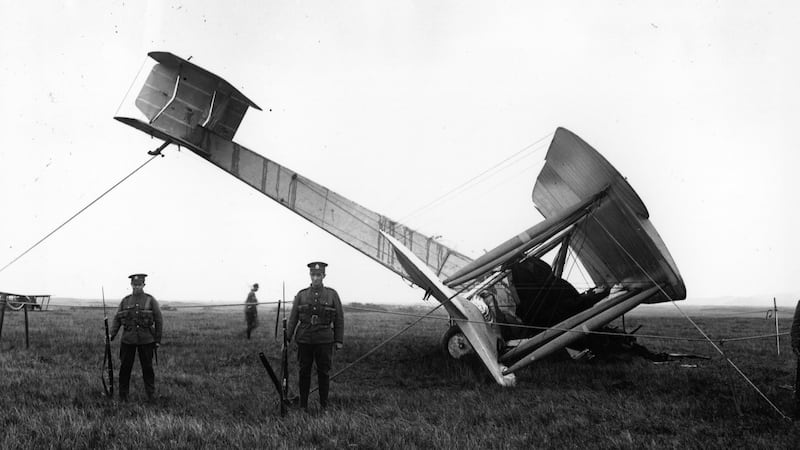
Leitrim
Leitrim, Ireland's least populous county, may also be its least gridlocked; it was the last in the country to succumb to traffic lights. It got its first set of pedestrian lights in 2003, but while they didn't last long, another set was installed last year. At four kilometres, its coastline is the country's shortest.
Mayo
It's a safe bet that a substantial proportion of the unlined foreheads at the recent Oscars ceremony came from Mayo, as Westport is the Botox-manufacturing capital of the world. The county has been a hub for innovation longer than that: in 1877, Castlebar's Louis Brennan invented the guided torpedo. Mayo boasts the most extensive Stone Age monument in the world, Céide Fields, and, at Erris, the oldest rocks in Ireland, a whopping 1.8 billion years old.

Roscommon
Roscommon is home to Arigna, Ireland's first and last coal mine. It also has one of the best-preserved deserted medieval towns in Ireland, Rindoon. A slightly less historic attraction is the tallest floating water-slide in the world, at Baysports in Athlone.
Sligo
With more than 5,000 recorded archaeological sites, Sligo has one of the richest and most varied concentrations of prehistoric monuments in Ireland. There can't be too many other towns that boast a roundabout built around a megalithic passage tomb in the middle of a housing estate. For good measure, the Catholic Church added religious statues to the monument at Garavogue Villas in the 1950s.
LEINSTER
Dublin
Dublin is famous for lots of things, including more green spaces per square kilometre than any other European capital; the resting place of St Valentine; and the Book of Kells. Less well known are the Dublin origins of the original MGM lion (called Slats, he was born at Dublin Zoo in 1919), the Oscar statuette (designed by MGM art director and Dubliner Cedric Gibbons), and Sudocrem. Between the 1860s and the 1920s, one of the largest red-light districts in Europe was at Montgomery Street (aka Monto).
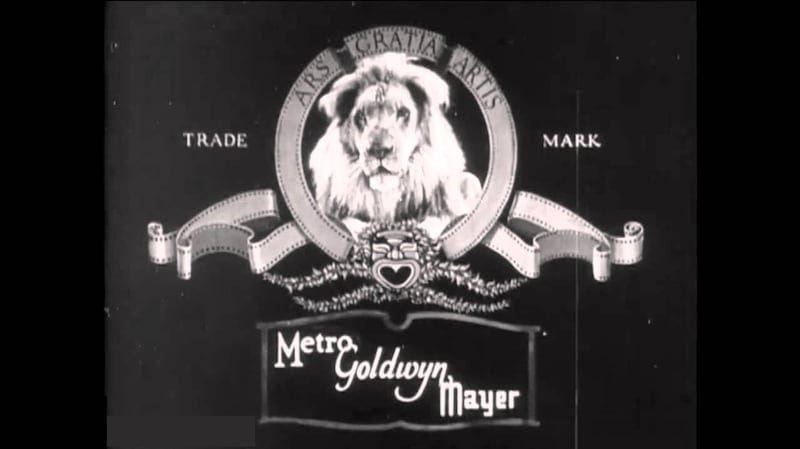
Carlow
Carlow has Europe's heaviest megalithic tomb: the capstone at Brownshill Dolmen weighs 100 metric tons. Built in 1320, Leighlinbridge is one of the oldest working bridges in Europe. Carlow can also claim to have resolved the question of when the Christian world should celebrate Easter, during a synod held at the site of Old Leighlin Cathedral in the seventh century.
Kildare
Ireland is the fourth-largest producer of thoroughbred horses in the world, and most of them are born in Kildare. The county was the birthplace of Ernest Shackleton and the location of the first Guinness brewery, and is the home of the Wonderful Barn, Ireland's most famous folly. The Curragh is where King Edward VII – then just "Bertie" – was sent to become a man in 1861, and dutifully took up drinking, smoking, gambling and a scandalous affair with actress Nellie Clifden.

Kilkenny
It's not exactly a secret that Kilkenny has the greatest number of All-Ireland hurling titles, at 36. Slightly less well known is the fact that a Kilkenny architect, James Hoban, designed the White House. Walt Disney's great-grandfather also came from the county, as did the first woman on record in Ireland to be found guilty of being a witch, Dame Alice Kyteler.
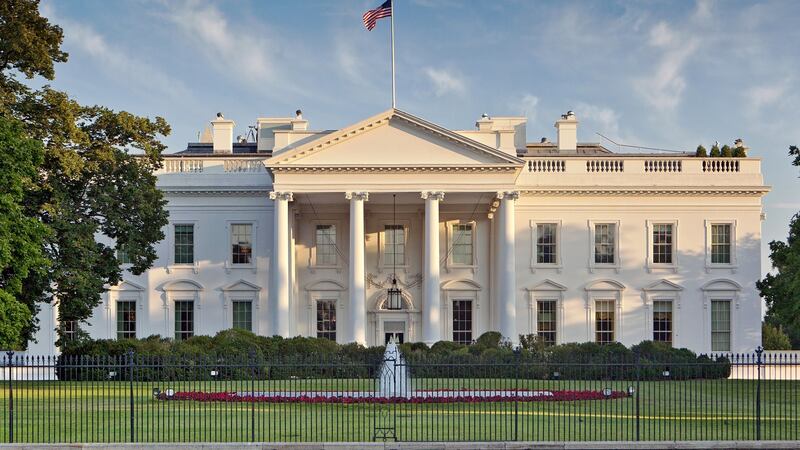
Laois
The most landlocked county in Ireland, Laois doesn't touch any county that touches the sea. The Slieve Blooms, shared with Offaly, are amongst the oldest mountains in Europe at 400 million years old, and were once its highest at 3,700 metres. The county is said to have been the birthplace of Fionn Mac Cumhaill.
Longford
Longford is where grey squirrels were first introduced into Ireland in 1911. It is Ireland's most off-the-beaten-track county: in 2015, it attracted just 30,000 overseas tourists. Mel Gibson got his name from St Mel's Cathedral – his mother came from Longford town.
Louth
Louth can make a convincing claim to have gifted the world the game of croquet. Records show a game called "crookey" was played at Castlebellingham in 1834. The county is home to Mellifont Abbey, Ireland's first Cistercian monastery, and to the tiny village of Annagassan, which has one of the most important untouched Viking sites in the world.
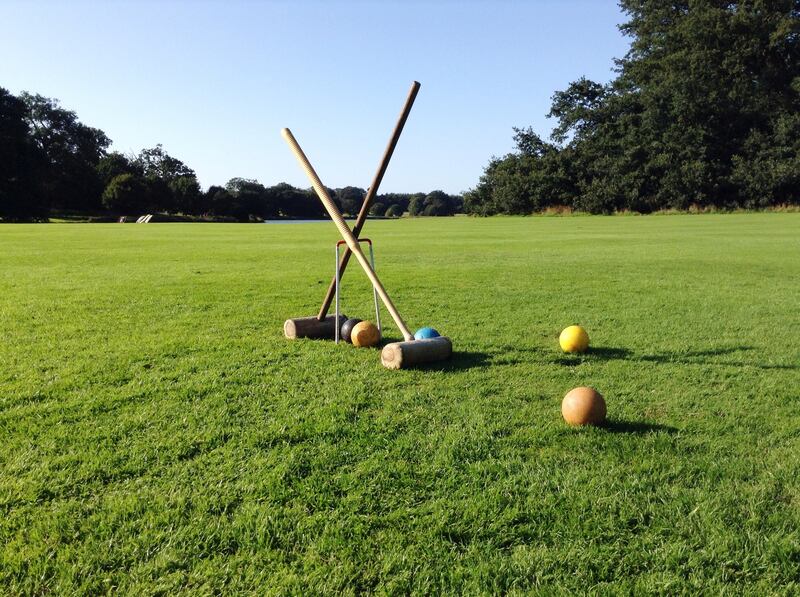
Meath
Meath's bragging rights include the first and biggest Norman castle in Ireland, the oldest moon map in the world, and the only horseracing meet held on a beach in Europe. The county was also home to our very own Olympic games, the Aonach Tailteann, started in 632 BC by King Luaghaidh Lamhfáda.
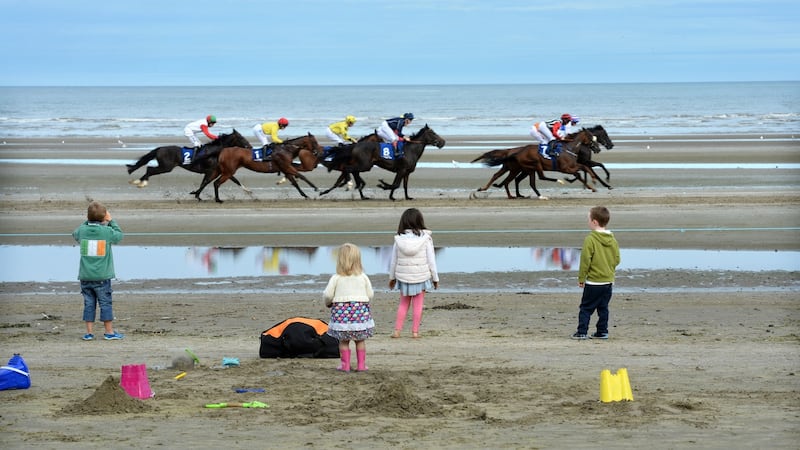
Offaly
Birr Castle can make four impressive claims, to the world's tallest box hedges and oldest darkroom, to Ireland's oldest wrought-iron bridge, and to the Leviathan telescope that was used by William Parsons, third earl of Rosse, to find the first identified spiral galaxy. The inventor of the colour photograph was an Offaly man, John Joly. And if all that's not enough, Offaly is also home to the oldest butter in the world, the 5,000-year-old bog butter recovered from the Ballard Bog in 2013.
Westmeath
The oldest licensed small pot distillery, Lockes, is at Kilbeggan, while the oldest pub in Europe is Sean's Bar in Athlone. The Benedictine monastery of Fore Abbey is famous for its own "seven wonders", including water from St Feichin's Well that, allegedly, won't boil.
Wexford
Wexford has the oldest operational lighthouse in the world at Hook Head, and the only internally accessible Corinthian column anywhere, the Browne-Clayton Monument. The mud-flats of North Slob are the lowest point in the country, and home to a third of the world's population of white-fronted geese.
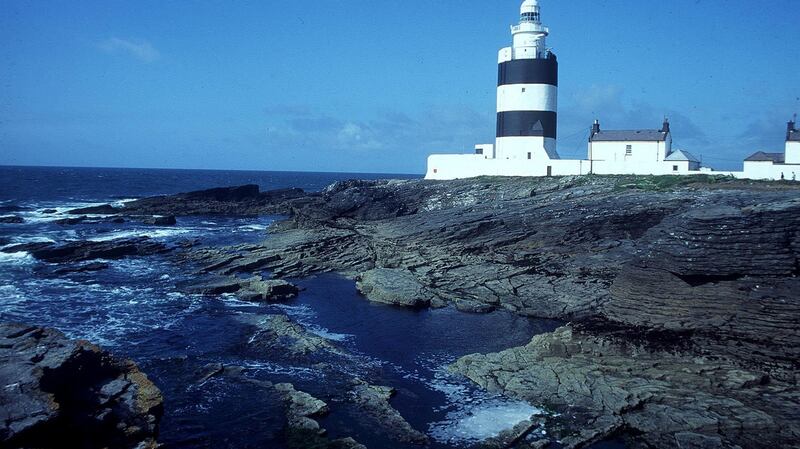
Wicklow
As well as being the Garden County and the home of Ireland's highest waterfall, Wicklow can claim the world record for the most tennis serves in an hour (1,158) and the country's largest period doll's house.
MUNSTER
Clare
Everyone knows of the Cliffs of Moher, but not everyone realises that scenes from The Princess Bride and Harry Potter and the Half-Blood Prince were filmed there. The Burren is famous for being one of the largest limestone areas in Europe, and it's also home to 75 per cent of Ireland's native flowering plants. Liscannor was the birthplace of the inventor of the submarine, John Philip Holland, and it has more pubs per inhabitant than any other Irish town.
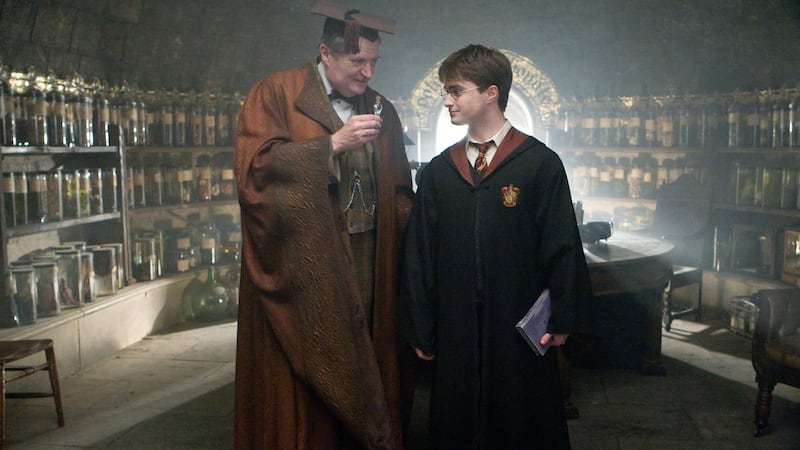
Cork
An estimated 15 million people owe their lives to one of Cork's unsung heroes, Vincent Christopher Barry, the scientist who found the cure for leprosy. The county's contribution to global pharmaceuticals continues today: the active ingredients in Viagra and Lipitor are manufactured there, along with one in every two Tic Tacs consumed worldwide. Cork has one of the country's largest military installations at Charles Fort. It's also where our first potato was planted, and where Boolean algebra was perfected by George Boole, whose daughter, Alicia Boole Stott, was one of the first mathematicians to explore four-dimensional geometrical figures.
Kerry
There can't be many people who aren't now aware of the existence of Skellig Michael, the Unesco world heritage site Luke Skywalker escaped to in The Force Awakens. And the fact that the Kingdom's footballers have won the Sam Maguire 36 times is not exactly a secret. Slightly less well known is the fact that the "Kingdom" designation dates back to the year AD 65; that James Bond's M was inspired by a Kerryman, William Melville; or that Valentia Island is home to some of the world's oldest footprints, formed by a tetrapod 385 million years ago.
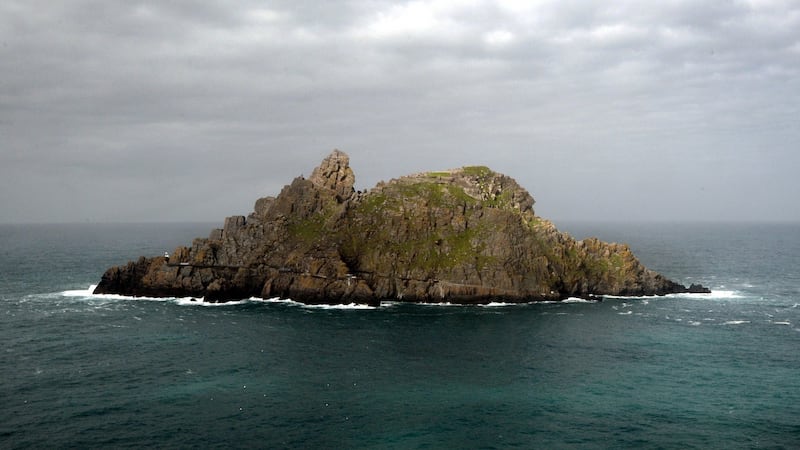
Limerick
Foynes, once the hub of transatlantic travel, is the birthplace of the Irish coffee, originated by an enterprising head chef, Joe Sheridan, who put a drop of whiskey in the coffee of a group of American tourists. A Limerick woman, Lady Mary Heath (born Sophie Peirce-Evans), was the first woman to hold a commercial flying licence in Britain and the first woman to parachute from a plane. The county has the longest pedestrian bridge in Ireland, linking the University of Limerick to Co Clare.
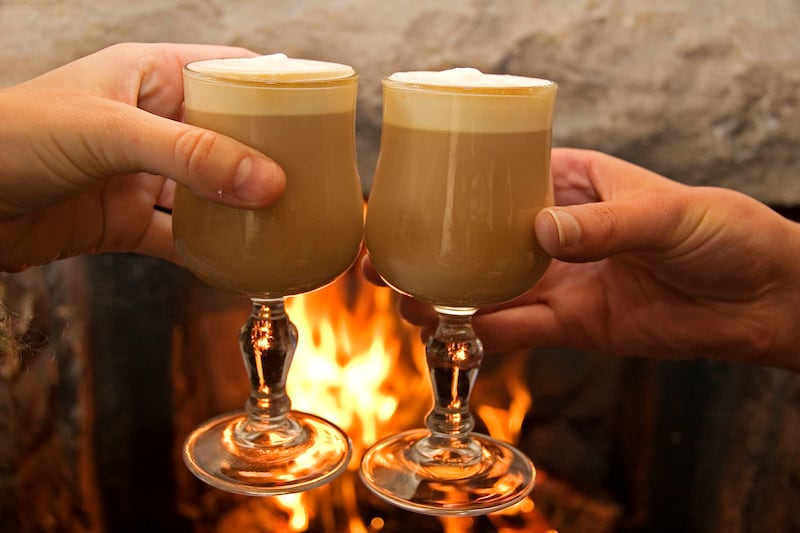
Tipperary
The first shots of the War of Independence were fired at Soloheadbeg on January 21st, 1919. Famous ceremonies held at the Rock of Cashel included the baptism of King Aengus by St Patrick and the crowning of Brian Boru.
Waterford
The largest Viking settlement outside of Scandinavia is at Woodstown on the river Suir, where one of the richest Viking graves found in Ireland or Britain was discovered. Waterford dates back to AD 853, making it Ireland's first city. Other firsts in the county include the first chemistry book, by Lismore's Robert Boyle; Ireland's first X-ray; the first raising of the Tricolour; and the first Ryanair flight. Waterford's bragging rights also include being the original home of rashers, cream crackers, blaas and Teresa Deevy, one of the most prolific female playwrights of the 1930s.
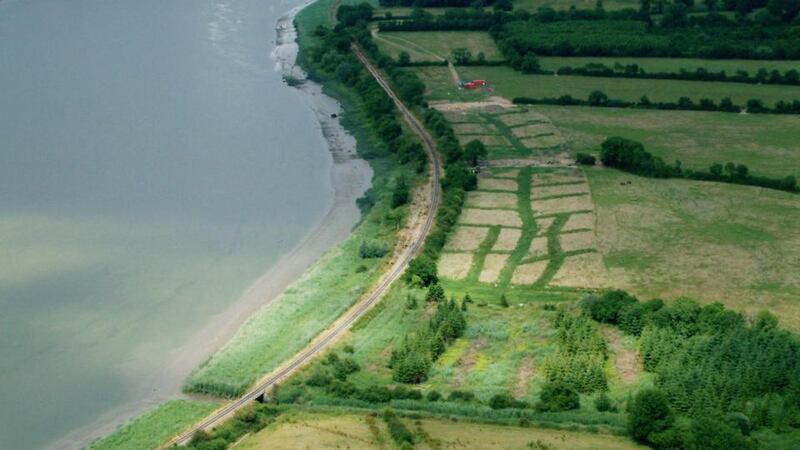
ULSTER
Armagh
St Patrick's Cathedral, the burial place of Brian Boru, has been destroyed and rebuilt a record 17 times. Just outside Portadown is a fully restored bunker used during the cold war to study the effects of nuclear explosions.
Antrim
The first woman to build and fly her own aircraft, Lilian Bland, took off from Carnmoney Hill in 1910. Belfast is the birthplace of the portable defibrillator, pioneered by Prof Frank Partridge. Antrim has always been famous for the Giant's Causeway, but HBO's Game of Thrones transformed lesser-known beauty spots into world-famous tourist attractions.
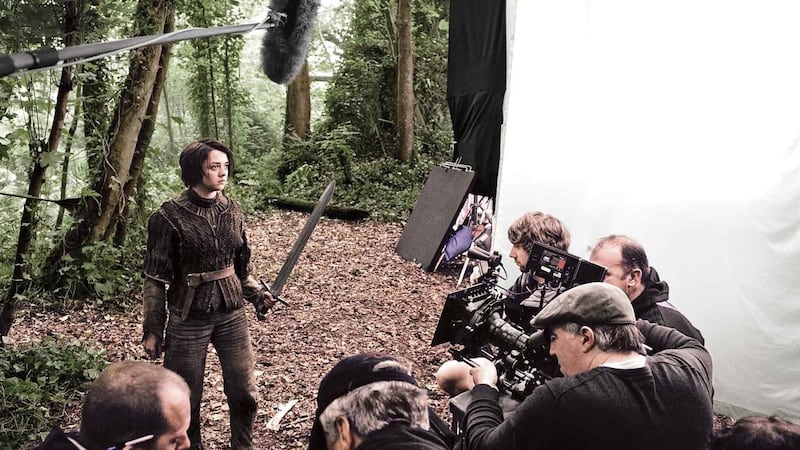
Cavan
Cavan has the highest number of lakes of any county in Ireland and is home to the "other" Burren, the Cavan Burren, a vast limestone plateau with prehistoric monuments and 350-million-year-old coral fossils. Cavan also holds the current world record for the biggest breakfast, the 8lb 10oz whopper served by the Hard Boiled Egg Cafe.
Derry
The city of Derry is Europe's last built, and Ireland's most complete, walled city. The county has been the landing place for no fewer than three record-breaking transatlantic flights: Amelia Earhart's solo flight from Newfoundland in May 1932; Richard Branson's hot-air balloon flight 55 years later (although this was more of a crash landing); and the 2013 flight by the world's oldest "wing walker", 93-year-old Thomas Lackey.
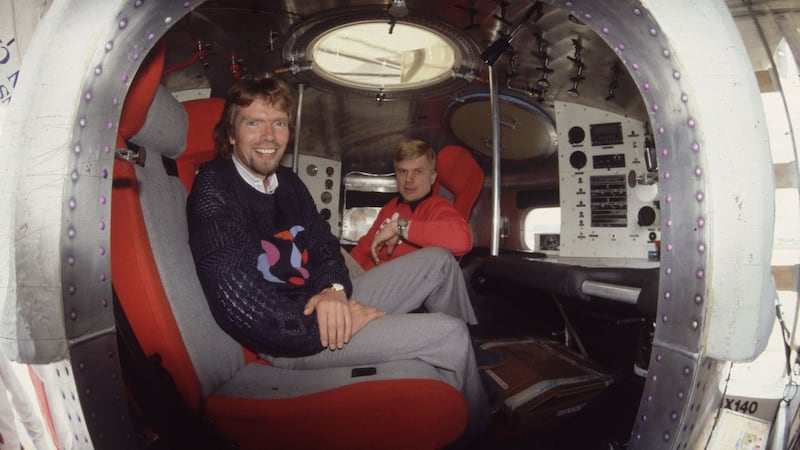
Donegal
At 601 metres, the Slieve League sea cliffs are the highest in Europe. Inishtrahull, off Malin Head, is Ireland's most northerly spot. Donegal holds the world record for one of the most successful salvage operations in Irish waters, following the sinking of the SS Laurentic in January 1917. The ship's cargo included 43 tonnes of gold bullion, or 3,211 bars (22 bars of gold have yet to be recovered).
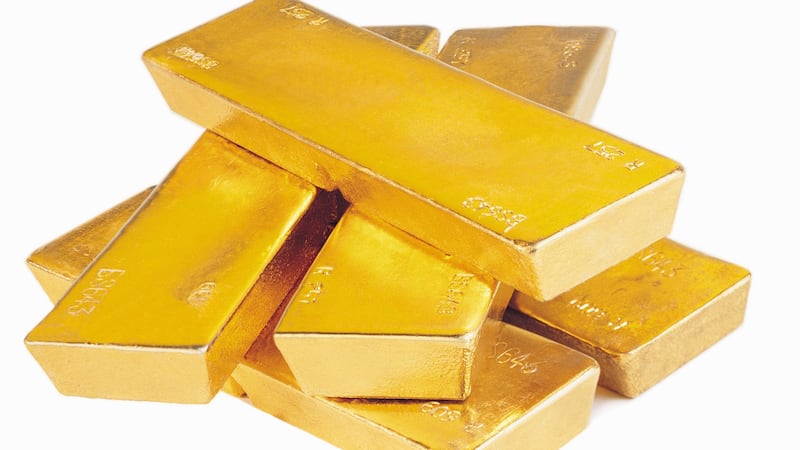
Down
Down gave us the tractor, invented by "the Mad Mechanic", Harry Ferguson, and has the spectacular Mourne Mountains, which fired the imagination of CS Lewis. Tollymore Forest Park became the Haunted Forest in HBO's Game of Thrones.
Fermanagh
Enniskillen's Portora School educated Oscar Wilde, Samuel Beckett and James Gamble, who would go on to become one half of Procter and Gamble. The county also shares with Cavan the world's first international geopark, the Marble Arch Caves Global Geopark.
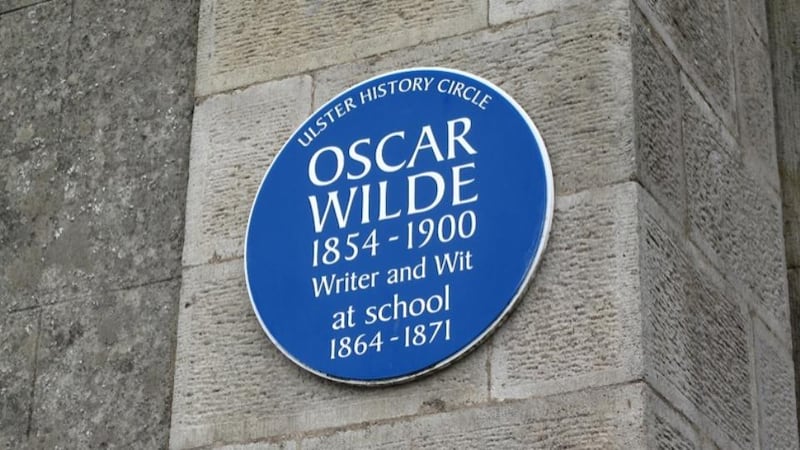
Monaghan
Monaghan is where Gregg shorthand was invented by John Robert Gregg. It's also the ancestral home of the Leslies of Castle Leslie, who can trace their lineage back to Attila the Hun.
Tyrone
Tyrone's boasts include the mysterious Beaghmore Stone Circles, which feature seven large stone circles and 1,269 smaller upright stones. The town of Sion Mills is where the Irish beat the West Indies at cricket in 1969.
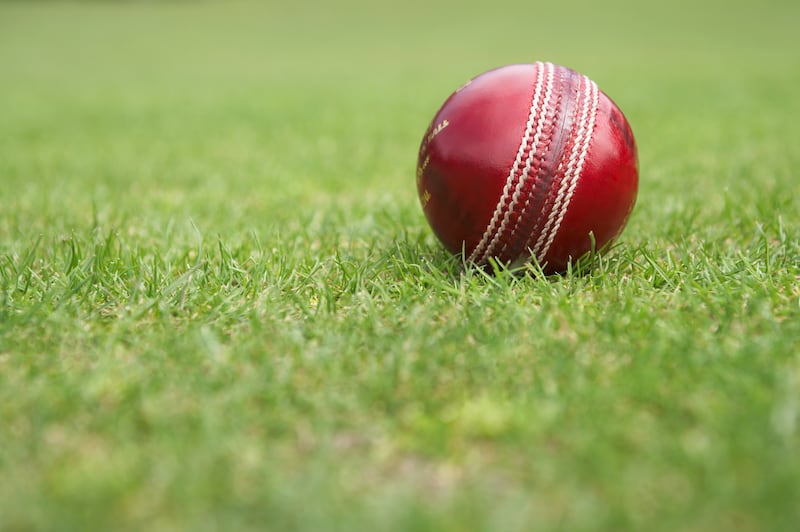
What did we miss? Email with your county’s most unique boast or unexpected claim to fame, and we’ll publish a selection of the best online.
Comment below or email joconnell@irishtimes.com











